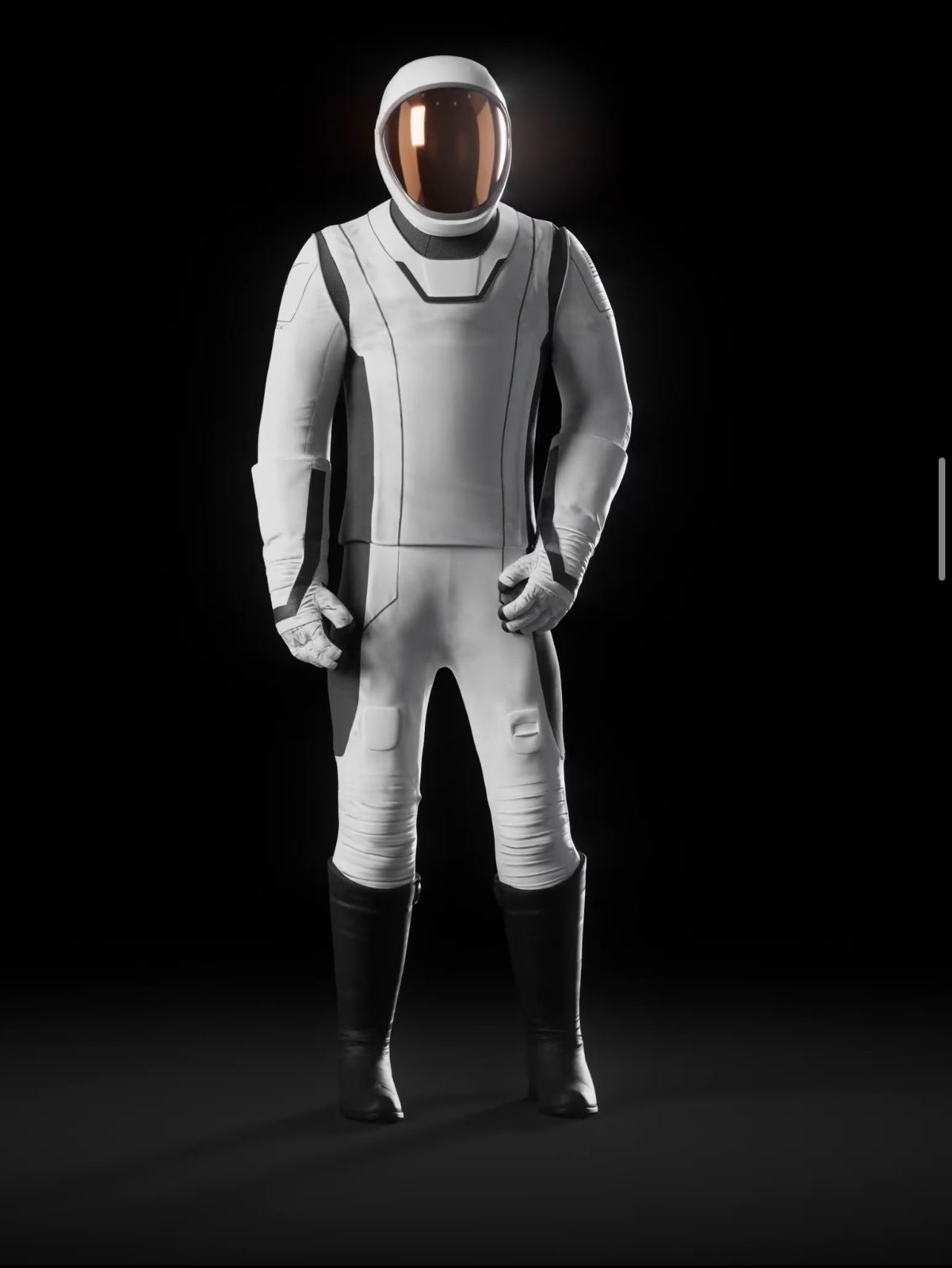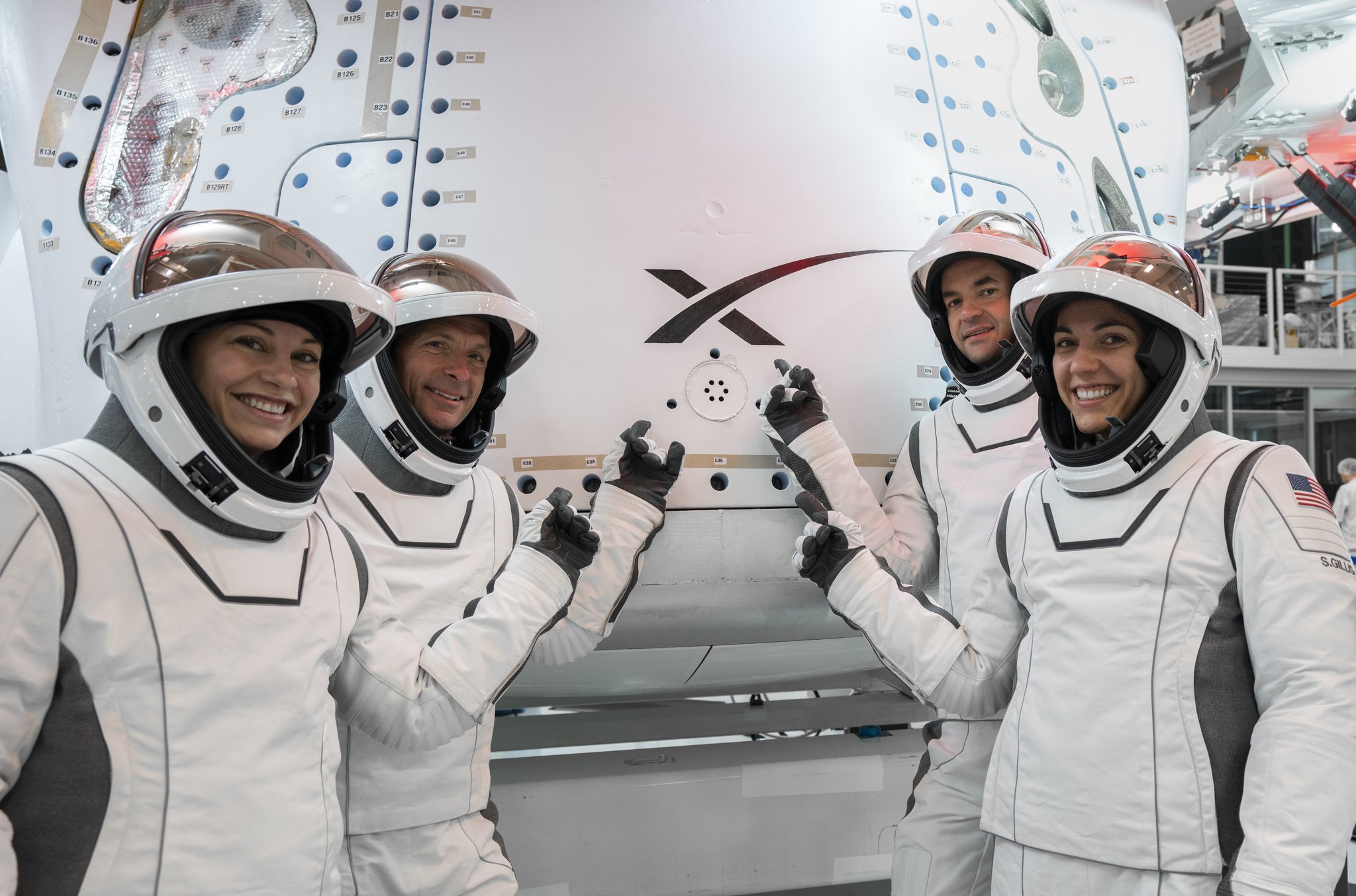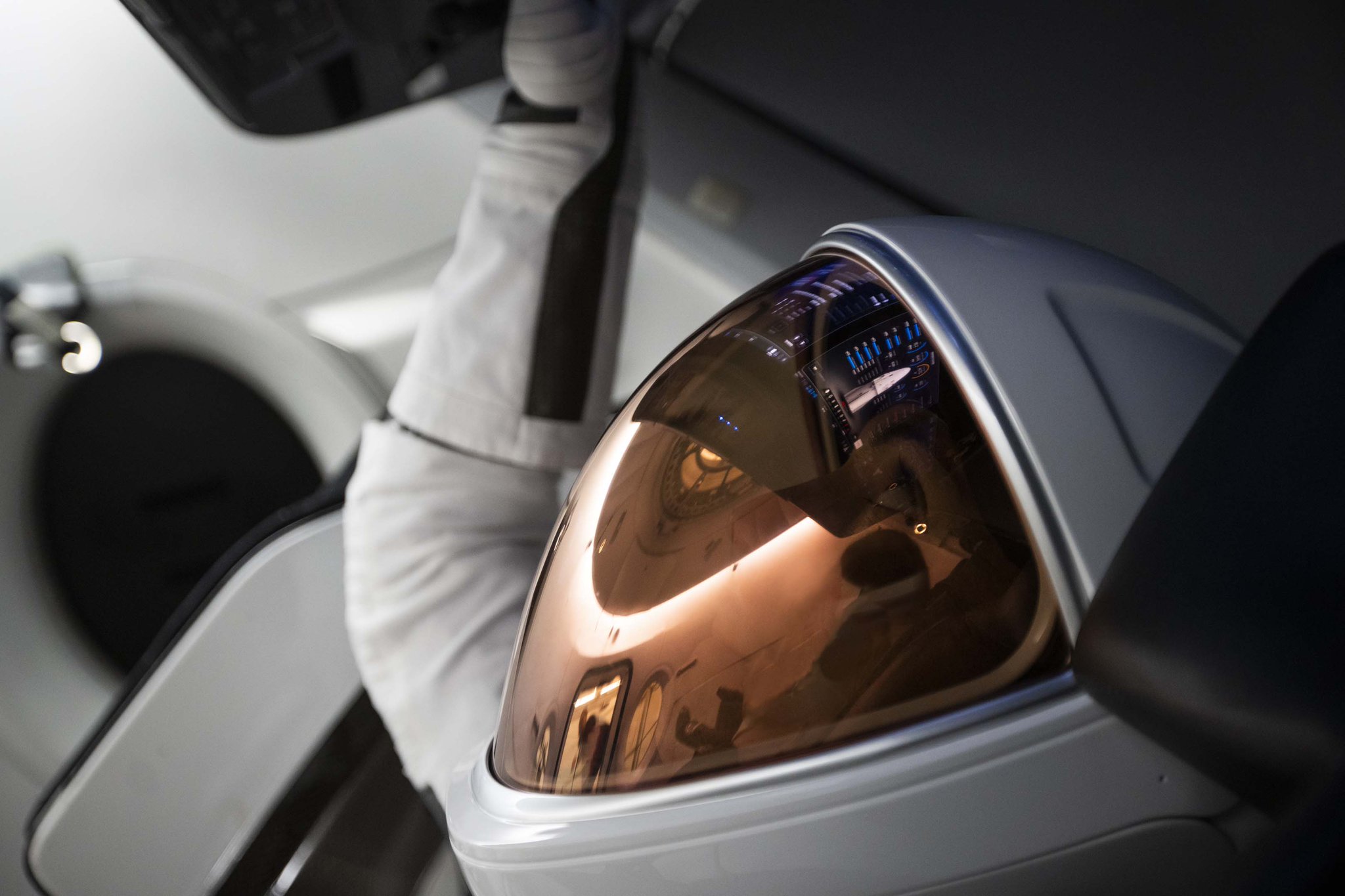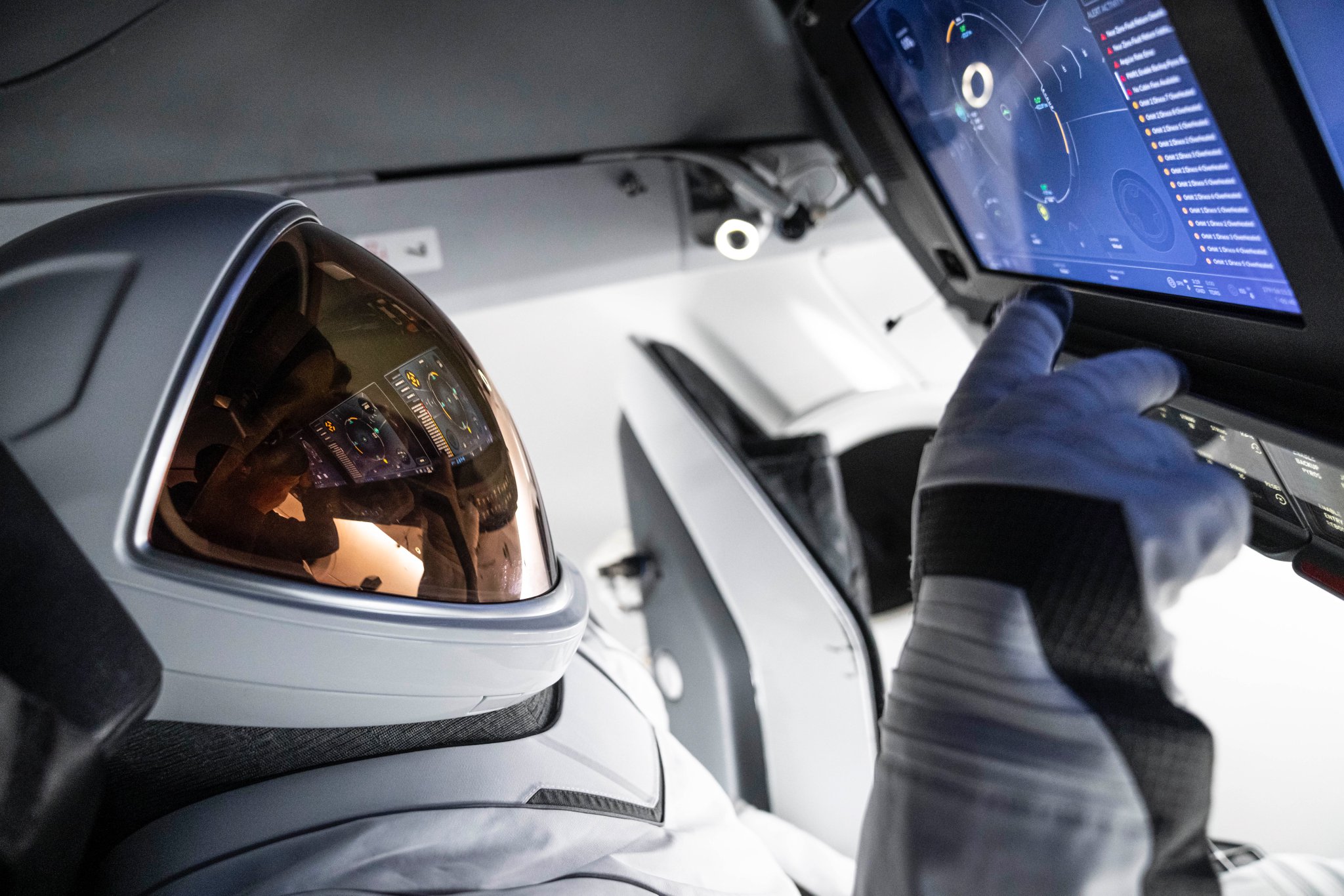NASA's Orion spaceship has issues
Posted: Sat May 04, 2024 3:41 am
The spaceship LockMart/NASA have been working on for the past 20 years has a few problems according to NASA's IG report. Namely that the heat shield was 'damaged' more than they thought it would be. Attached is a picture of said heat shield showing that there are holes in it. Holes in heat shields are bad things if you're not aware.
Orion has flown twice: Once on a Delta 4 Heavy and once on the SLS. You can't compare the two heat shields because they are different designs.
The first flight used a monolithic design similar to what Apollo where a fiberglass honeycomb is bonded to the capsule then a material called AVCOAT is filled into each and every cell. It works but it takes a LOT of man hours to do. So NASA tried something different with the 2nd flight, the official Artemis 1, The created blocks of AVCOAT and bonded them direct to the capsule. Wiki has a nice article: https://en.wikipedia.org/wiki/AVCOAT
Seems like they had some problems.
Artemis 2 is suppose to be manned around the moon. Different from Apollo as they did 4 unmanned flight tests where the shield was tested in reentry. Here they are scheduled to 1 flight and they already did it. They've already pushed back the flight to late 2025 and I bet it goes back further.
SpaceX on their Dragons use a modification of a material NASA developed called PICA-X (Phenolic-impregnated carbon ablator) that is also used on unmanned reentry capsules. Several of which came in far faster than what Orion will ever face and suffered zero damage.
https://www.washingtonpost.com/technolo ... le-damage/
Orion has flown twice: Once on a Delta 4 Heavy and once on the SLS. You can't compare the two heat shields because they are different designs.
The first flight used a monolithic design similar to what Apollo where a fiberglass honeycomb is bonded to the capsule then a material called AVCOAT is filled into each and every cell. It works but it takes a LOT of man hours to do. So NASA tried something different with the 2nd flight, the official Artemis 1, The created blocks of AVCOAT and bonded them direct to the capsule. Wiki has a nice article: https://en.wikipedia.org/wiki/AVCOAT
Seems like they had some problems.
Artemis 2 is suppose to be manned around the moon. Different from Apollo as they did 4 unmanned flight tests where the shield was tested in reentry. Here they are scheduled to 1 flight and they already did it. They've already pushed back the flight to late 2025 and I bet it goes back further.
SpaceX on their Dragons use a modification of a material NASA developed called PICA-X (Phenolic-impregnated carbon ablator) that is also used on unmanned reentry capsules. Several of which came in far faster than what Orion will ever face and suffered zero damage.
https://www.washingtonpost.com/technolo ... le-damage/
NASA moon capsule suffered extensive damage during 2022 test flight
The Orion spacecraft’s heat shield “chipped away unexpectedly” in more than 100 places, according to an agency watchdog.
By Christian Davenport
May 2, 2024 at 10:58 a.m. EDT
The heat shield of the Orion spacecraft intended one day to carry astronauts to the moon under NASA’s Artemis program suffered unexpected damage in more than 100 places as the spacecraft returned to Earth during an uncrewed test flight in 2022, according to a watchdog report released late Wednesday.
Cut through the 2024 election noise. Get The Campaign Moment newsletter.
While the capsule withstood the fiery tumult of reentry, when temperatures reached 5,000 degrees Fahrenheit as it plunged through the atmosphere at nearly 25,000 mph, the damage the heat shield suffered was far greater than NASA engineers had expected and more severe than NASA had revealed previously. Photos of the heat shield in the report showed gouges that look like small potholes.
“Should the same issue occur on future Artemis missions, it could lead to the loss of the vehicle or crew,” the report, by NASA’s inspector general, concluded.
Earlier this year, NASA announced that the next flight in its Artemis moon program, which would send a crew of four around the moon in the Artemis II mission, would be delayed to no earlier than September 2025, largely because officials wanted to study the heat shield issue further and understand why it eroded as it did.
The IG report provides the most detailed description of the issue to date. It also highlighted other problems with the spacecraft that could create significant challenges for the space agency as it seeks to return humans to the lunar surface for the first time in more than 50 years.
Portions of the heat shield “wore away differently than NASA engineers predicted, cracking and breaking off the spacecraft in fragments that created a trail of debris rather than melting away as designed,” according to the report. That, in turn, “could have caused enough structural damage to cause one of Orion’s parachutes to fail.”
At the time, the Artemis I flight was lauded as a great success that would put the space agency on a path to returning humans to the moon. NASA Administrator Bill Nelson recently told a congressional committee that the space agency still believes a human landing on the moon is possible by late 2026.
NASA's inspector general included this photograph of the damage to Orion's heat shield in its report on the spacecraft's 2022 test flight. (NASA)
But the IG report casts doubt on both NASA’s rosy original assessment of the test flight and on the likelihood that a lunar landing will occur on that schedule.
In addition to the heat shield erosion on Orion, which is manufactured by Lockheed Martin, the IG said several bolts on the crew module “experienced an exposed gap that allowed for increased heating to the bolt interior and greater than expected melting and erosion.”
NASA officials’ plans to recover hardware from the capsule, including its three parachutes, were also thwarted, the report said. “The recovery team was not able to arrive at the splashdown location before the jettisoned hardware sank in the Pacific Ocean,” the report said. “Although preflight analysis indicated a possibility of enough buoyancy to allow for the recovery forces to arrive in time, the hardware sank faster than projected.”
The report also said that the powerful Space Launch System rocket, which hoisted Orion, caused significant damage to ground equipment, including blowing the doors off an elevator in the mobile launch tower. The IG said that it took NASA six weeks to bring one elevator back online and about four months to repair a second.
The launch tower required “extensive repairs that will cost more than $26 million, roughly 5 times more than the $5 million” NASA had set aside for such work, the report said.
Catherine Koerner, NASA’s associate administrator for the exploration systems development mission directorate, said the IG report supports the purpose of the Artemis I flight, which was to test how Orion behaved in space without anyone on board. In a statement, she said NASA was already addressing the issues raised in the report before it was issued.
“NASA expected to discover and resolve issues before Artemis II,” she wrote. “This process of finding and addressing engineering challenges is a natural part of the design-test-fix process. NASA is concerned that the report’s tone might suggest that the [Inspector General] identified the risks discussed, when in fact, all recommendations were already being addressed by NASA through forward risk-based disposition before the audit.”
She added that “NASA continues to make significant progress evaluating the root cause of the heat shield char loss.”
NASA has formed a team to investigate the pattern of erosion on the heat shield and why it performed differently than its engineers had expected. So far, it has not come to a conclusion since “ground testing cannot replicate the exact temperature and speed conditions the heat shield faces during reentry.”
“Engineers are concurrently investigating ways to mitigate the char loss by modifying the heat shield’s design or altering Orion’s reentry trajectory,” the report said. The Orion does what’s called a skip entry, where it dips into the atmosphere to slow down, skips out and then reenters again.
Heat shields are a vital component of the spacecraft, designed to protect the crew during one of the most perilous parts of spaceflight: when the capsule, returning from space, slams into the thickening atmosphere around Earth, generating enormous temperatures. In 2003, the space shuttle Columbia came apart, killing all seven crew members, after a piece of foam collided with the leading edge of the wing causing a breach in the thermal protection system.
In January, when announcing the Artemis delays, James Free, NASA’s associate administrator, said the agency would not rush the launch of Artemis II, which would send NASA astronauts Reid Wiseman, Christina Koch and Victor Glover, as well as Canadian Jeremy Hansen, on a 10-day trip around the moon.
“As we prepare to send our friends and colleagues on this mission, we’re committed to launching as safely as possible,” Free said. “And we will launch when we’re ready.”



